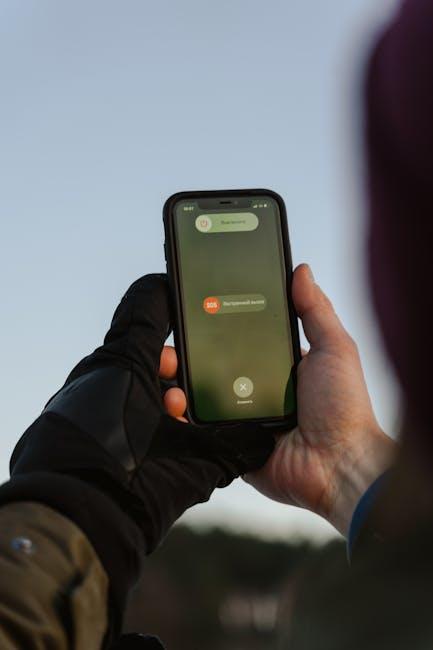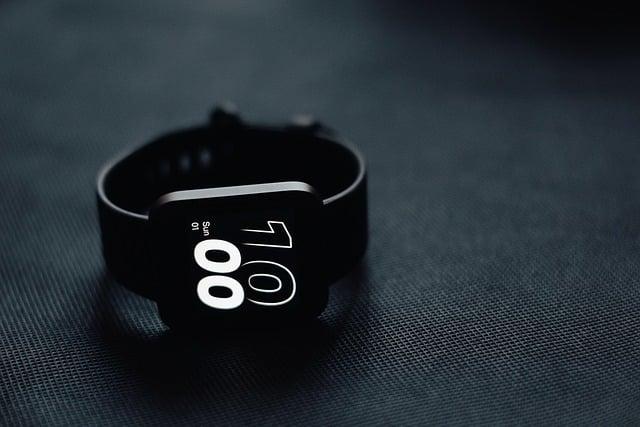In an age where technology intertwines seamlessly with daily life, wearable safety tech has emerged as a beacon of reassurance, particularly in the realm of dating. These devices, from discreet panic buttons to GPS-enabled accessories, promise a layer of security as singles navigate the unpredictable landscape of modern romance. Yet, as boundaries blur between protection and intrusion, a pivotal question arises: is this technology enhancing our dating experiences, or is it crossing into the realm of the overly invasive? This article delves into the complex interplay between safety and privacy, exploring whether wearable tech is becoming an unwelcome third wheel in our pursuit of love.
Navigating Privacy Concerns in Wearable Safety Devices
The surge in wearable safety devices within the dating landscape has sparked a debate over privacy. While these gadgets offer enhanced protection, they also raise questions about the extent of personal data collection. As users navigate this evolving space, it’s crucial to consider both the benefits and the potential invasiveness of these technologies.
- Data Collection: Many devices track location and activity, which can be invaluable for safety but might feel intrusive if not managed transparently.
- Consent and Control: Ensuring users have control over what data is shared and with whom is essential. Opt-in features and clear privacy settings can help mitigate concerns.
- Trust Issues: The presence of a safety device might imply distrust, impacting the dynamics of new relationships. Open communication about the use of such technology can alleviate misunderstandings.
Balancing safety with privacy is a delicate act. As wearable tech continues to evolve, finding a middle ground that respects individual boundaries while offering peace of mind will be key.
Balancing Security and Personal Boundaries in Modern Dating
In the rapidly evolving landscape of dating, the integration of wearable safety technology is sparking discussions around its impact on personal boundaries. As devices like smart jewelry, location trackers, and discreet panic buttons become more prevalent, individuals are faced with a delicate balancing act between security and privacy. While these gadgets offer a sense of safety, their presence can sometimes feel like an intrusion into personal space, especially when trust is still being established.
Key considerations for those navigating this terrain include:
- Transparency: Open communication about the use of safety devices can prevent misunderstandings and foster trust.
- Autonomy: Ensuring that the decision to use such technology is personal and not influenced by external pressure.
- Respect: Recognizing and respecting each other’s comfort levels regarding privacy and security measures.
Ultimately, the goal is to find a harmonious blend where individuals feel protected without compromising their personal boundaries.

Understanding the Impact of Technology on Relationship Trust
As wearable safety technology becomes more prevalent in the dating scene, its impact on trust dynamics within relationships is increasingly scrutinized. On one hand, these devices offer a sense of security by providing location tracking, emergency alerts, and health monitoring. Such features can be particularly reassuring in new relationships where trust is still developing. However, the very presence of this technology can also introduce complexities that challenge the foundational elements of trust.
- Privacy Concerns: The ability to track a partner’s location may offer safety but can also feel invasive, raising questions about personal boundaries.
- Dependency on Technology: Relying heavily on devices for reassurance might undermine the organic development of trust, which typically grows through direct communication and shared experiences.
- Potential Misuse: There is a risk that such technology could be used to control or monitor a partner excessively, potentially leading to distrust or conflict.
While wearable safety tech has the potential to enhance security, it’s essential to balance its use with open communication and mutual respect to ensure it supports rather than undermines relationship trust.

Guidelines for Ethical Use of Safety Tech in Romantic Encounters
When incorporating safety technology into dating, it’s crucial to balance protection with privacy. Transparency is key; ensure all parties are aware of any safety devices being used. This fosters trust and respects personal boundaries. Additionally, focus on consent—always obtain clear permission before using any tracking or monitoring features.
- Respect Privacy: Limit data collection to what’s absolutely necessary.
- Be Honest: Discuss the use of safety tech openly with your partner.
- Secure Data: Protect any collected information from unauthorized access.
- Prioritize Consent: Ensure mutual agreement on the use of any devices.
Balancing safety with respect can enhance the dating experience, ensuring that technology serves as a tool for empowerment rather than control.



